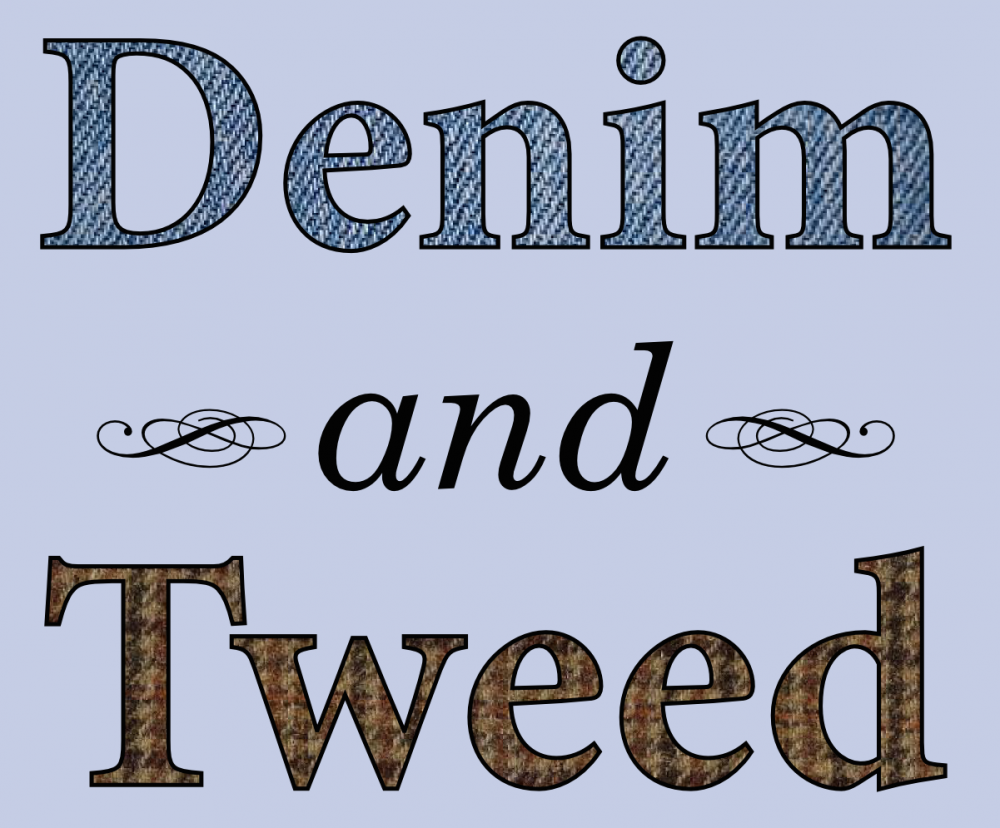 Opossums eat lots of disease-carrying ticks. So that’s one thing they’re good for. Photo by graftedno1.
Opossums eat lots of disease-carrying ticks. So that’s one thing they’re good for. Photo by graftedno1.Remember that story about NASA having discovered bacteria using arsenic in place of phosphorous? UBC microbiologist Rosie Redfield ripped into the data underlying that conclusion on her blog RRResearch. (She’s also writing to the journal.) Redfield’s complaints and others prompted a lot of discussion about the the trouble with over-publicized science—see David Dobbs at Neuron Culture and Carl Zimmer on Slate, as well as Zimmer’s comprehensive roundup of scientific criticism of the study. Slate also took the opportunity to re-post an old piece on problems with peer review, but, as Chris Rowan wisely pointed out at Highly Allochthonous, peer review continues after a paper is published, especially in the case of “cutting edge” results like this one.
Meanwhile, in non-arsenic-based science news:
- “… like the appendix … only more fun.” Scicurious tackles the question of whether female orgasm is adaptive. (Neurotic Physiology)
- Save the ‘possums. The relationship between mammal diversity, tick host use, and the risk of Lyme disease spread to humans (previously discussed on D&T), rendered into charming narrative form. (EcoTone)
- Short answer: cancer isn’t smallpox. Why haven’t we cured breast cancer yet? (White Coat Underground)
- Ho-hum. I mean, wow. Yawning is measurably “contagious” for adult humans, chimpanzees, and dog—but not for children under the age of five. (The Telegraph)
- Get out and play. Sitting around all day is worse than simply not exercising. (Obesity Panacea)
- They’re all legs men. Like many other animal species, deep-sea octopodes practice multiple paternity. (SouthernPlayalisticEvolutionMusic)
- “It’s not just kids who are bullying. Adults are stacking the deck.” Gay teens—especially openly gay teens—”suffer disproportionate punishments by schools and the criminal-justice system.” (Blogtown, NY Times; original article in the journal Pediatrics)
And now, via Craig McClain of Deep Sea News, video that answers the pressing question of what happens when an alligator attacks an electric eel. Don’t watch this if you don’t want to end up feeling bad for the alligator.










